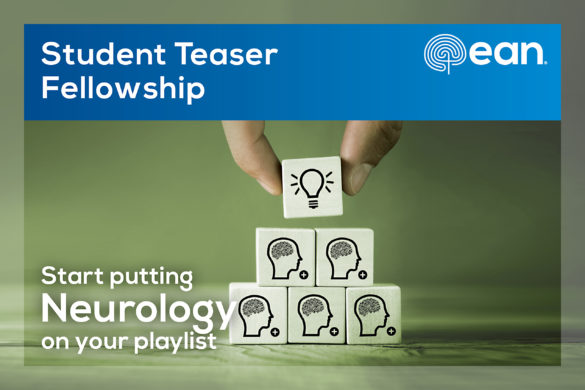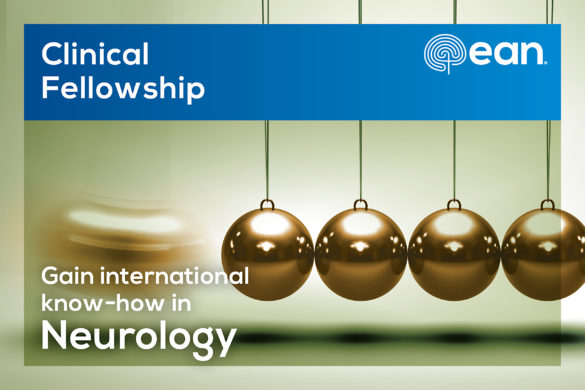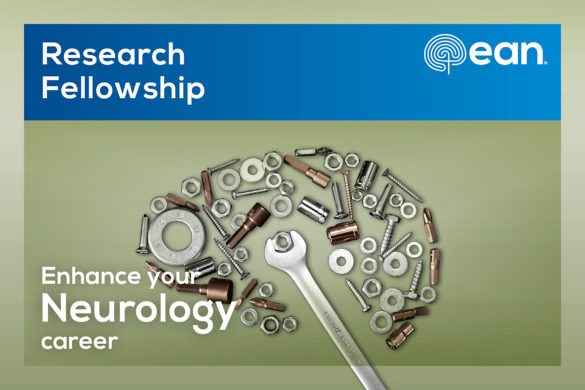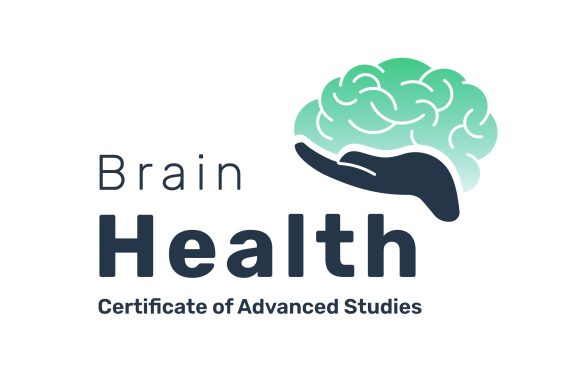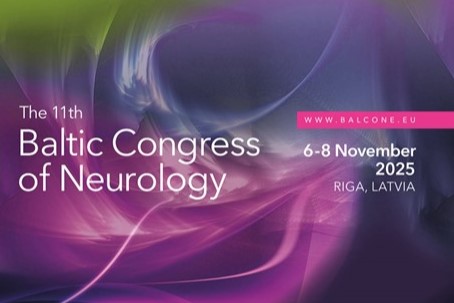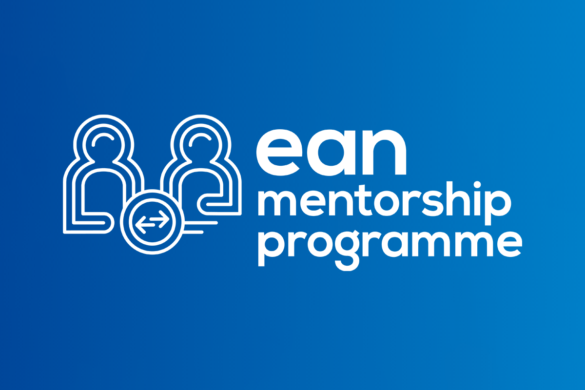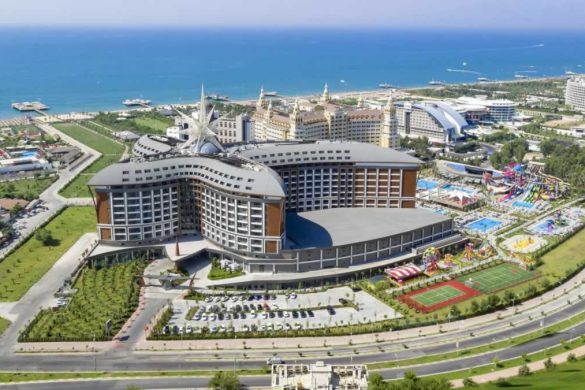I was fo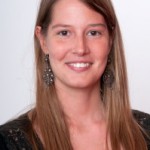 rtunate to receive a 6-month Scientific Fellowship from the European Academy of Neurology (EAN) to spend one year of my neurology residency training programme at the Nuffield Department of Clinical Neurosciences in Oxford (Head of Department: Prof Christopher Kennard). I am very grateful to EAN for this opportunity.
rtunate to receive a 6-month Scientific Fellowship from the European Academy of Neurology (EAN) to spend one year of my neurology residency training programme at the Nuffield Department of Clinical Neurosciences in Oxford (Head of Department: Prof Christopher Kennard). I am very grateful to EAN for this opportunity.
When I decided to apply for this fellowship, my main aims were to develop my clinical skills in the neuroimmunology field and to join a research team with both clinical and laboratory projects. The research in antibody-mediated neurological diseases has enabled a great improvement in the care of patients suffering from these conditions and this impact on clinical practice has motivated me to broaden my knowledge in this field. Under the guidance of Dr Isabel Leite, I developed a translational research project that enabled the collaboration between the Portuguese hospital centre where I have been performing my training (Western Lisbon Hospital Centre) and the Nuffield Department of Clinical Neurosciences in Oxford. Our key interest was aquaporin-4 (AQP4) autoimmunity and this study was conducted mainly in the laboratory led by Prof Angela Vincent and her team.
Neuromyelitis optica is an autoimmune astrocytopathy characterised by typically severe and recurrent attacks of optic neuritis and longitudinally extensive. The autoantibody to the water channel AQP4 (AQP4-Ab) is highly specific and it is has been used as a diagnostic test for NMO and NMO spectrum disorders (NMOSD). One of the most challenging questions in NMOSD associated with AQP4-Abs is how and where the autoimmune process is initiated. Interestingly, autoimmunity to AQP4 may start several years before the disease manifests itself and around 25-30% of the NMOSD patients have other autoimmune diseases, thyroiditis being particularly frequent. The main objective of our project was to evaluate AQP4-Ab frequency in sera of patients with autoimmune thyroid disease. In Oxford, using samples from Portuguese patients, I learnt to perform the most sensitive AQP4-Ab detection assay – a cell based assay using HEK cells transiently transfected to express the AQP4 channel. The opportunity to participate in the lab work was a very enriching experience.
Other important aims of our project were to study the expression of AQP4 in thyroid tissue and to identify potentially autoimmunising microenvironments/cell types, comparing patients with autoimmune thyroid disease (with or without NMO/NMOSD)
and normal thyroid tissue. I will continue this part of the study in cooperation with the Nuffield Department of Clinical Neurosciences.
Apart from my main project, I also had the chance to collaborate with other studies in Oxford. Concerning research related to assays to detect antibodies, taking in account the clinical association between NMO/NMOSD and myasthenia gravis (MG), I evaluated samples of patients with MG for AQP4-Ab, in collaboration with Hospital Santo António (Porto, Portugal). We are planning to publish this work. Furthermore, as autoantibodies against myelin oligodendrocyte glycoprotein (MOG-Ab) have been reported in patients who were clinically diagnosed with NMO/NMOSD but did not have AQP4-Ab, I evaluated samples from patients with AQP4-seronegative NMOSD for MOG-Ab, in collaboration with Hospital Santo António (Porto) and Hospital Egas Moniz (Lisbon).
In addition, under the supervision of Dr Isabel Leite, I developed a clinical project whose aims were 1) to study the association between demographic and clinical characteristics of the patients with NMO/NMOSD and the occurrence of other autoimmune diseases and 2) to characterise the main features of the autoimmune diseases associated with NMO/NMOSD. The first results of this work will be presented as a poster at the ECTRIMS congress this year. Moreover, I participated in the collation of the clinical data pertaining seropositive NMO patients to a study whose aim it is to evaluate the clinical meaning of AQP4-Ab titers. The interpretation of the results of this study is ongoing.
At the same time, to gain experience and insight into the different neuroimmunological diseases, I had the opportunity to observe patients mainly in the outpatient clinic (NMO clinic, Multiple Sclerosis clinic, Autoimmune encephalitis clinic, MG clinic, Muscle clinic and Nerve clinic), and sometimes also in the ward, with experienced neurologists in the field. In addition, I got in touch with the Centre for Immunoglobulin Therapy and with the autoimmune diseases clinic (a joint clinic with an immunologist and a rheumatologist). I also attended weekly meetings, which always provided some brilliant discussion topics: the Grand Round, the Neuroimmunology Lab Meeting and the MS journal club.
During this year, other inspiring moments were the lectures given by invited experts in the neurosciences field, the Oxford Neurology Course, the Clinical Immunology Patients’ Day, The Pan-London Calman Neurology SpR Training Programme in MS, the Spring Meeting of the South of England Neurosciences Association and the Thomas Willis Day (a Postgraduate Poster Competition). All this highlights the diverse learning opportunities that working at the Nuffield Department of Clinical Neurosciences had to offer.
Altogether, this period of training in a world-leading neuroimmunology department, where scientific discoveries translate into a clinical care of excellence, was a remarkable educational and professional experience and a turning point in my career. I would like to acknowledge the EAN for providing me the financial support for this experience through the fellowship programme. Also, I would like to thank all the neurologists who had the generosity to share their clinical knowledge with me, in particular Dr Isabel Leite, and all the researchers who kindly taught me the lab techniques in Oxford. Finally, I would like to extend my thanks to my colleagues from Hospital Egas Moniz and to the Oxford research fellows for their continuous support in the accomplishment of my goals.




